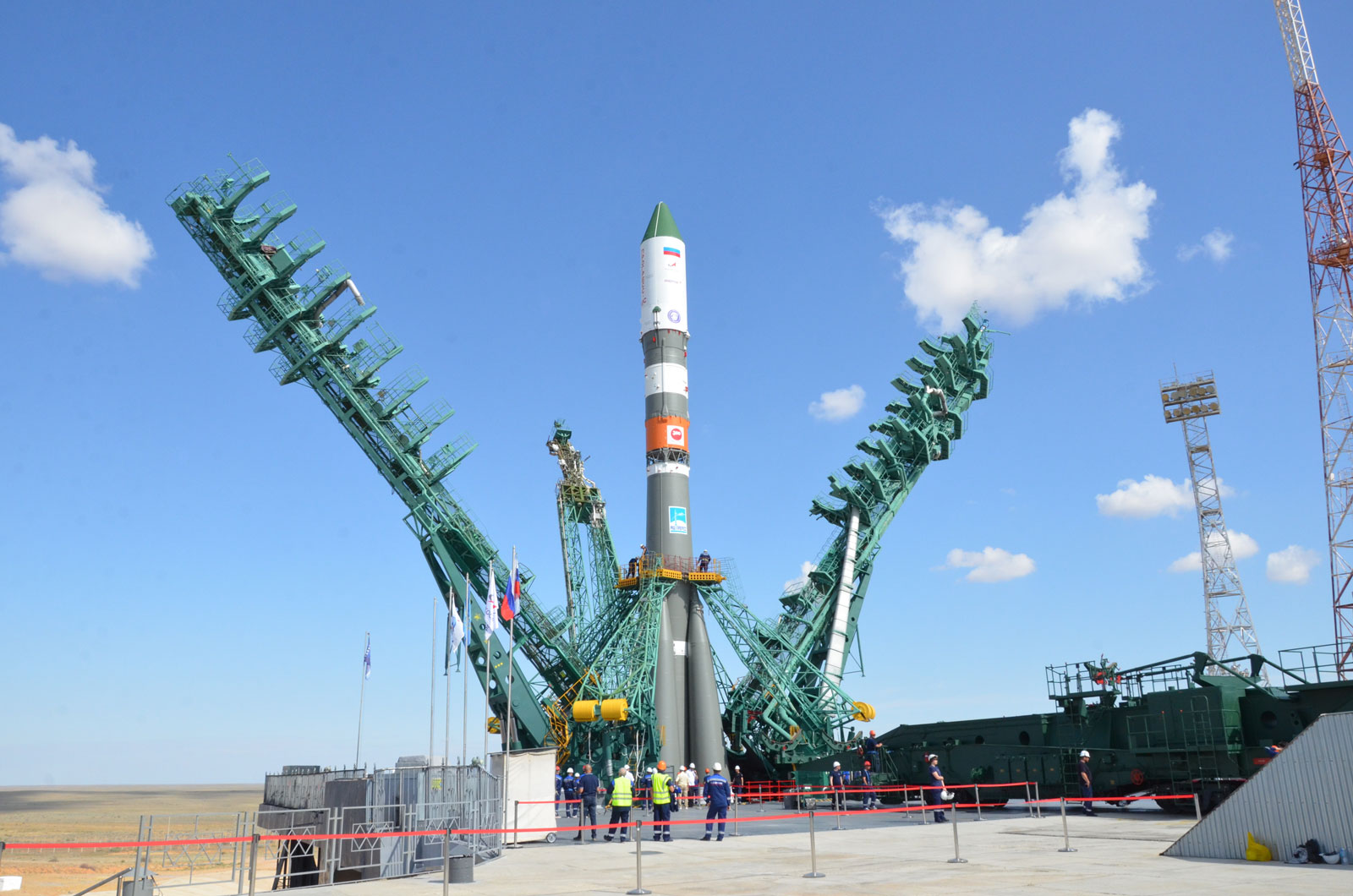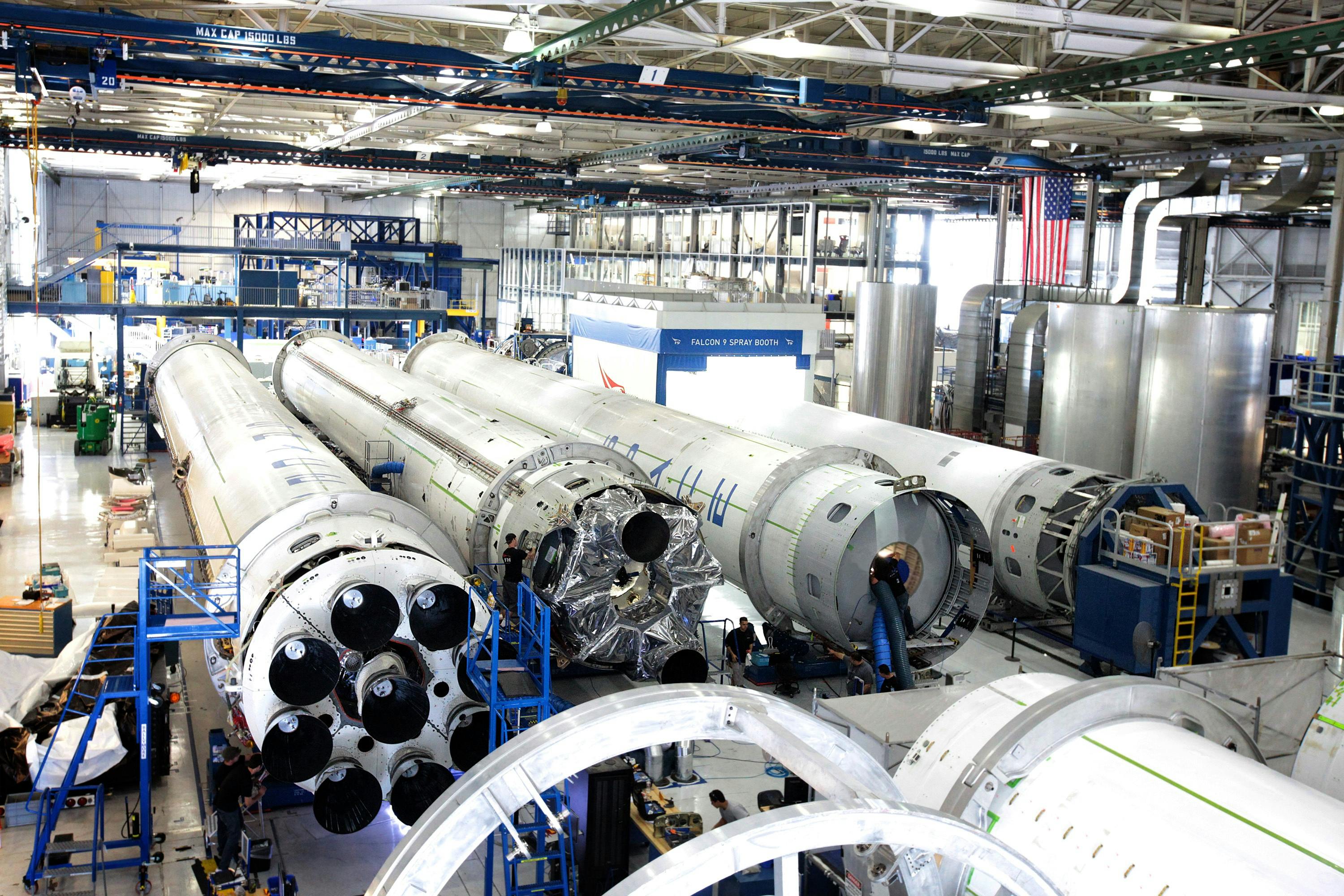· deep dive · 6 min read
The Feasibility of Transitioning from Starlink to Eutelsat in Ukraine
As Ukraine explores alternatives to SpaceX's Starlink, the potential adoption of Eutelsat OneWeb's satellite network raises critical questions about connectivity, resilience, and strategic autonomy.

As tensions between Ukraine and its international partners escalate, the potential replacement of SpaceX’s Starlink with Eutelsat OneWeb’s satellite constellation has emerged as a critical geopolitical and technological challenge. With approximately 42,000 Starlink terminals currently supporting military operations, medical facilities, and civilian infrastructure, Ukraine faces a precarious balancing act between maintaining battlefield connectivity and reducing dependence on U.S.-controlled systems.
Ukraine’s Current Reliance on Starlink
Strategic Importance of Satellite Communications
Since Russia’s invasion in February 2022, Ukraine’s terrestrial communication networks have suffered systematic destruction, leaving satellite systems as the primary means of battlefield coordination. Starlink’s low Earth orbit (LEO) constellation provides latency below 50 ms, enabling real-time applications such as drone targeting, encrypted voice communications, and live surveillance feeds. Military units operating near the frontlines report that over 70% of tactical data transfers occur via Starlink, with jamming-resistant frequencies proving vital in contested electronic warfare environments.
Geopolitical Vulnerabilities
The recent suspension of U.S. military aid to Ukraine has exposed the risks of centralized dependency on Starlink. Elon Musk’s unilateral decision in 2023 to restrict drone-control functionality demonstrated the system’s susceptibility to corporate policy shifts. With SpaceX operating over 7,000 satellites compared to Eutelsat’s 630 LEO and 35 geostationary (GEO) satellites, Ukraine lacks leverage to negotiate service terms.
The European Union now seeks to address this asymmetry through Eutelsat, which merged with Britain’s OneWeb in 2023 to create the only non-U.S. global LEO network. This initiative represents not just a technical solution but a statement of European strategic autonomy in space.
Technical Comparison: Starlink vs. Eutelsat OneWeb
Constellation Architecture and Coverage
Starlink’s first-mover advantage in LEO deployment translates to unparalleled density: its 7,000 satellites provide an “airspace capacity” of 250 Gbps over Ukraine, scalable to 2.7 Tbps if dedicated exclusively to the region. In contrast, OneWeb’s 630 satellites deliver just 5.5 Gbps across Ukraine under optimal conditions, rising to 11 Gbps during dual orbital plane passes.
This striking 23–490× disparity stems from fundamental design differences:
-
Beam Configuration:
- Each OneWeb satellite employs 16 Ku-band beams covering elliptical areas of 56 km × 1,127 km, optimized for maritime and aviation markets rather than concentrated ground deployments.
- Starlink’s phased-array antennas dynamically steer beams to high-demand zones, allowing localized capacity exceeding 100 Mbps per terminal.
-
Latency and Reliability:
- OneWeb’s higher orbital altitude (1,200 km vs. Starlink’s 550 km) increases signal latency by 8–12 ms, a marginal difference for most applications but potentially critical for drone swarms requiring sub-30 ms response times.
- Eutelsat’s GEO satellites at 35,000 km provide backup connectivity but introduce 600+ ms latency, rendering them unsuitable for real-time operations.
Terminal Economics and Scalability
Transitioning 42,000 Starlink terminals to OneWeb would require significant investment:
| Metric | Starlink | Eutelsat OneWeb |
|---|---|---|
| Terminal Cost | $589 | $10,000 |
| Monthly Subscription | $95–$440 | Undisclosed |
| Military-Grade Option | Available | In development |
The EU is reportedly negotiating bulk procurement deals to reduce OneWeb’s upfront costs, but manufacturing bottlenecks could delay deployments. Eutelsat CEO Eva Berneke estimates a “couple of months” to produce 40,000 terminals, assuming pre-approved funding from Brussels. These timelines seem optimistic given global supply chain constraints affecting the semiconductor industry.
Eutelsat’s Proposed Hybrid Solution
Dual-Constellation Strategy
Eutelsat plans to combine its GEO and OneWeb LEO assets to create layered resilience:
- LEO Tier: OneWeb’s 630 satellites would handle real-time military traffic, leveraging Ukraine’s existing 2,000 terminals.
- GEO Tier: Eutelsat’s 35 satellites would provide non-latency-sensitive services like logistics coordination and backup communications.
This architecture mirrors NATO’s multi-orbit approach but introduces complexity for Ukrainian forces accustomed to Starlink’s unified interface. Soldiers on the front line can’t afford to juggle multiple systems while under fire.
Beam Allocation and Spectral Efficiency
Independent analysis using the Non-GEO Constellations Analysis Toolkit (NCAT) reveals stark efficiency contrasts:
- OneWeb’s fixed beams waste 83% of their 450 Mbps capacity over Ukraine due to the country’s irregular shape.
- Starlink’s steerable beams achieve 92% utilization, concentrating capacity on active conflict zones like Donetsk and Zaporizhzhia.
To compensate, Eutelsat proposes “dynamic beam morphing” technology, though field tests indicate persistent packet loss issues during high mobility scenarios. When a tank battalion is advancing rapidly, these technical limitations could prove deadly.
Challenges in Transitioning Infrastructure
Retraining and Interoperability
Ukrainian troops have developed institutional expertise in Starlink’s user interface, which offers one-click encryption and automatic frequency hopping. Transitioning to OneWeb’s enterprise-oriented platform would require retraining over 100,000 personnel, a process complicated by frontline rotations. Imagine trying to teach new software to soldiers who are focused on staying alive.
Supply Chain and Maintenance
Unlike Starlink’s vertically integrated model, Eutelsat relies on third-party manufacturers like Intellian and Collins Aerospace for terminals. This fragmentation could lead to compatibility issues, as seen in early field reports of firmware mismatches between OneWeb satellites and Ukrainian military modems.
Electronic Warfare Considerations
Russia has intensified GPS jamming and spoofing near Kherson and Kharkiv, exploiting Starlink’s predictable frequency-hopping patterns. Eutelsat claims its GEO satellites are less susceptible to such attacks due to higher transmission power, but this remains unproven in LEO scenarios. The fog of electronic warfare only thickens with each new system introduced.
Strategic Implications for the Conflict
Short-Term Risks
A six-month transition period would leave Ukraine reliant on Starlink while OneWeb scales up, creating a window of vulnerability. Russian signals intelligence could exploit this dual-system phase to intercept unencrypted traffic between networks. Every transition creates seams that adversaries can exploit.
Long-Term Benefits
Reducing dependency on U.S. systems aligns with Ukraine’s postwar strategic autonomy goals. Eutelsat’s EU ownership provides political safeguards against unilateral service suspensions, while its GEO backup ensures communications continuity during LEO outages.
Industrial Policy Dimensions
The EU’s $10.6 billion IRIS² satellite initiative aims to rival Starlink by 2030, making Ukraine a testbed for European space resilience. Successful OneWeb deployment could accelerate this timeline, though experts caution against overpromising given SpaceX’s decade-long head start. Europe’s space sovereignty is being forged in the crucible of this conflict.
Conclusion
Transitioning from Starlink to Eutelsat in Ukraine presents a high-risk, high-reward scenario. While OneWeb’s current technical limitations—particularly its 5.5 Gbps capacity ceiling—make it unsuitable for direct replacement, the hybrid GEO-LEO architecture offers a viable path toward diversified connectivity. Strategic success hinges on three factors:
- EU Funding Commitment: Covering the $400 million terminal cost and subsidizing subscription fees.
- Manufacturing Acceleration: Securing component supplies amid global semiconductor shortages.
- Interoperability Standards: Developing secure cross-constellation protocols to prevent Russian exploitation.
Ukraine’s ability to maintain battlefield initiative may well depend on whether Eutelsat can transform from a theoretical alternative into a combat-ready solution within the next 12 months. The coming weeks will prove decisive, as EU leaders finalize funding packages and Eutelsat ramps up terminal production.
In the fog of war, reliable communications can mean the difference between victory and defeat. For Ukraine, the stakes couldn’t be higher.
References
- Kyiv Independent - “Eutelsat in talks with EU to possibly replace Starlink in Ukraine, CEO confirms”
- LinkedIn - “OneWeb substituting Starlink over Ukraine”
- Reuters - “Could Europe’s Eutelsat help replace Starlink in Ukraine”
- The Register - “Eutelsat Starlink Ukraine”
- Euronews - “Eutelsat in talks to increase satellite terminals in Ukraine amid Starlink service concern”
- Wired - “Starlink replacement Ukraine Eutelsat OneWeb Project Kuiper Amazon IRIS2 Elon Musk”
- Bloomberg - “Eutelsat Says Talks on Replacing Starlink in Ukraine Gain Steam”
- Capacity Media - “Eutelsat Starlink Ukraine”
- Reuters - “Eutelsat shares more than triple value as investors bet on OneWeb satellites”
- The Next Web - “4 European satellite firms are vying to replace Starlink in Ukraine”
- CNBC - “Why European Starlink rival Eutelsat shares are rocketing”
- Mil.in.ua - “EU negotiates Starlink replacement for Ukraine with four satellite operators”
- Economic Times - “Eutelsat almost triples its value on prospect of Ukraine replacing Starlink with OneWeb”

Theodore Kruczek





